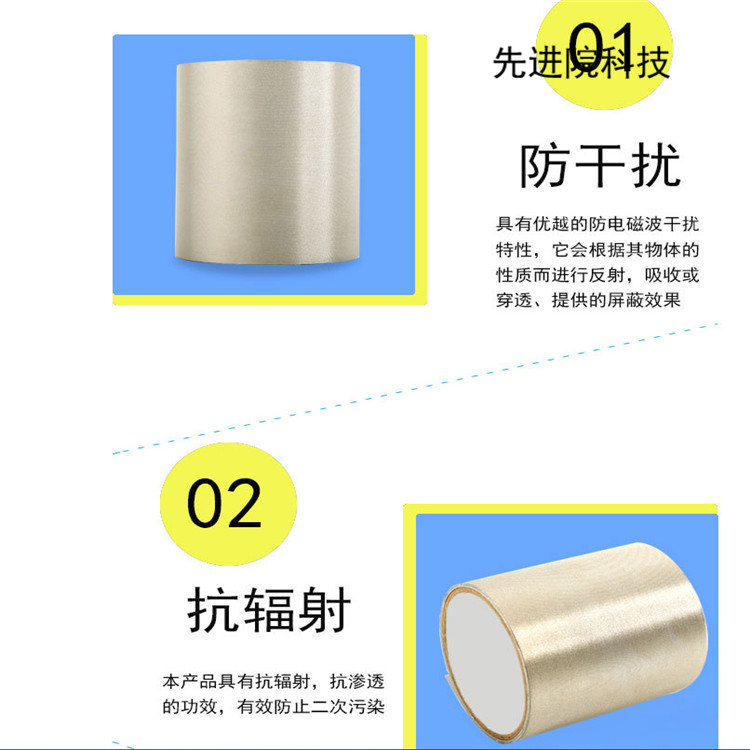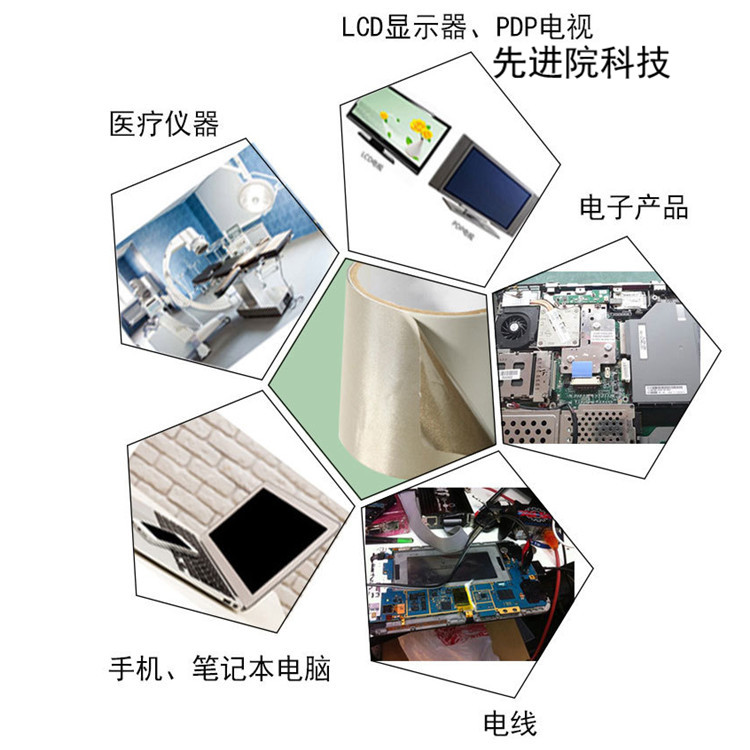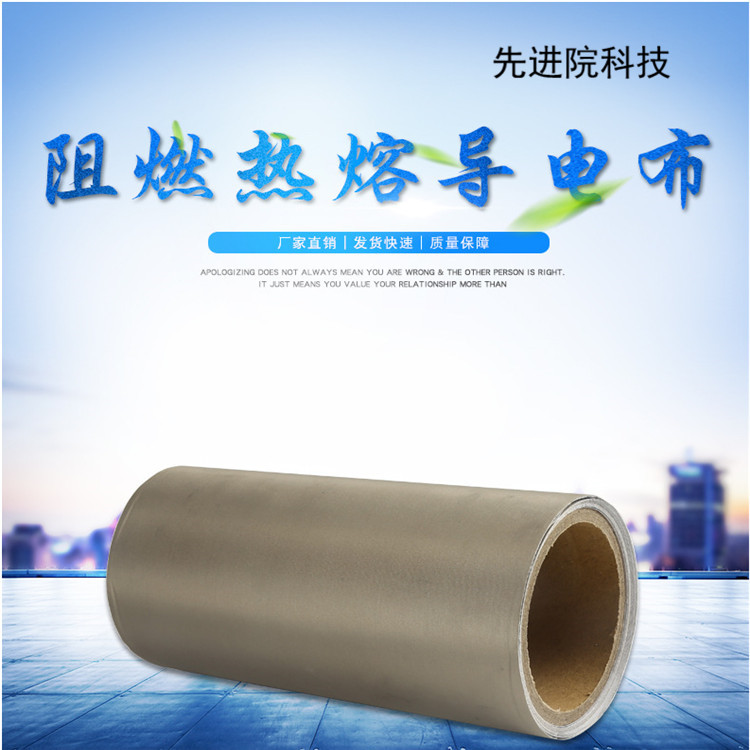

Hotline:0755-22277778
Tel:0755-22277778
Mobile:13826586185(Mr.Duan)
Fax:0755-22277776
E-mail:duanlian@xianjinyuan.cn
Introduction: With the improvement of the performance and functionality of electronic devices, the heat generated by each device increases, and it is important to effectively dissipate, dissipate, and cool the heat. For high-performance mobile products such as 5G smartphones and AR/VR devices, the installation space of heat dissipation components is limited due to the use of high-performance ICs and highly integrated designs that pursue weight reduction. The installation space inside the shell is limited, so TIM technology solutions such as high thermal conductivity gaskets are used to better achieve heat dissipation.
The huge data traffic in the 5G era has raised higher requirements for communication terminal components such as chips and antennas. While the power consumption of these devices has significantly increased, it has also caused a sharp increase in the heat generation of electronic components in these areas. BN boron nitride heat dissipation film is currently used in 5G RF chips, millimeter wave antennas, wireless charging, and wireless transmission IGBT、 Printed circuit board AI、 The most effective heat dissipation material in fields such as the Internet of Things is irreplaceable. This product is the first domestically developed high-quality two-dimensional boron nitride nanosheet, which has successfully prepared a large-area and thickness controllable two-dimensional boron nitride heat dissipation film. It has various excellent characteristics such as electromagnetic wave transmission, high thermal conductivity, high flexibility, low dielectric constant, and low dielectric loss, solving the "bottleneck" problem faced by China's electronic packaging and thermal management fields. It has internationally advanced thermal management TIM solutions and related material production technology, and is a top innovative high-tech product in the field of low dimensional material technology in China.
The term '5G' is commonly used to refer to the 5th generation mobile network. 5G is the latest global wireless standard following previous standards (1G, 2G, 3G, 4G networks) and provides higher bandwidth for data intensive applications. Among other benefits, 5G can help establish a new and more powerful network that can support the explosive growth of devices commonly referred to as IoT or "Internet of Things" - a network that can connect not only the endpoints people typically use, but also a range of new devices, including various household items and machines.
The recognized advantages of 5G are:
A more reliable network with higher availability and capacity
• Higher peak data speeds (multiple Gbps)
• Ultra low latency



Unlike previous generations of networks, 5G networks utilize high-frequency wavelengths (commonly referred to as millimeter waves) operating in the range of 26GHz to 40GHz. Due to interference with buildings, trees, and even rain, transmission losses are encountered at these high frequencies, requiring higher power and more efficient power sources.
The initial deployment of 5G may focus on enhanced mobile broadband applications to meet the needs of people-centered multimedia content, services, and data access. Enhanced mobile broadband use cases will include new application areas, performance improvement requirements, and increasingly seamless user experiences, surpassing the level supported by existing mobile broadband applications.
Millimeter wave communication is one of the important development directions for future wireless mobile communication, and significant research progress has been made in key technologies such as large-scale antenna technology, low bit quantization ADC, low complexity channel estimation technology, and amplifier nonlinear distortion. However, with the new generation of wireless communication demanding new military and civilian special application scenarios for long-distance, high mobility, and higher transmission rates in wireless broadband communication networks, theoretical research and system design for millimeter wave wireless communication face significant challenges. Conducting basic theoretical and key technology research for long-distance and high mobility millimeter wave wireless broadband systems has become one of the most promising research directions for the new generation of broadband mobile communication.
The advantages of millimeter wave: Due to its high frequency and short wavelength, millimeter wave has the following characteristics:
Wide spectrum, combined with various multiple access multiplexing technologies, can greatly enhance channel capacity and is suitable for high-speed multimedia transmission services; High reliability, high frequency makes it less susceptible to interference, can better resist the influence of rainy weather, and provide a stable transmission channel; Good directionality, millimeter waves are greatly absorbed by various suspended particles in the air, resulting in a narrow transmission beam and increasing the difficulty of eavesdropping, making them suitable for short-range point-to-point communication; The wavelength is extremely short, requiring a small antenna size, making it easy to integrate large-scale antenna arrays in a small space.
Disadvantages of millimeter wave: Millimeter wave also has a major drawback, which is that it is not easy to pass through buildings or obstacles, and can be absorbed by leaves and rainwater, making it very sensitive to materials. That's also why 5G networks will use small base stations to strengthen traditional cellular towers.
Electromagnetic waves are oscillating particle waves emitted in space by electric and magnetic fields that are in phase and perpendicular to each other. They are electromagnetic fields that propagate in the form of waves and have wave particle duality. Their particle form is called photons, and the relationship between electromagnetic waves and photons is not black or white, but rather two aspects of their properties that are reflected according to different practical studies. The electric and magnetic fields, which oscillate in phase and are perpendicular to each other, move in the form of waves in space, with their propagation direction perpendicular to the plane formed by the electric and magnetic fields. Electromagnetic waves have a fixed velocity in vacuum, which is the speed of light. See Maxwell's equations.
The electric field direction, magnetic field direction, and propagation direction accompanying electromagnetic waves are perpendicular to each other, therefore electromagnetic waves are transverse waves. Electromagnetic waves are actually divided into electric waves and magnetic waves, which are a general term for both. However, due to the fact that electric and magnetic fields always appear and disappear at the same time, and are converted into each other, they are usually collectively referred to as electromagnetic waves, and sometimes can be directly abbreviated as electric waves.
From the perspective of quantum mechanics, the energy of electromagnetic waves is presented as photons, which are essentially wave packets, that is, waves presented in localized energy. The energy of electromagnetic waves is quantized. When their energy level transitions beyond the radiation critical point, they radiate outward in the form of photons. At this stage, the wave body is a photon, which belongs to bosons.
Electromagnetic waves within a certain frequency range can be seen by the human eye and are called visible light, or simply light. Sunlight is a visible radiation form of electromagnetic waves. Electromagnetic waves do not rely on media for propagation.
Electromagnetic radiation generally refers to electromagnetic waves with all electromagnetic radiation characteristics, while non ionizing radiation refers to radio waves, microwaves, infrared radiation, visible light, and ultraviolet radiation. X-rays and gamma rays are usually considered as radioactive radiation. It is called ionizing radiation.
It should be noted that electromagnetic waves do not undergo spatial vibrations like traditional mechanical waves, but rather changes in the properties of electric and magnetic fields at different points along the propagation path.

Advanced Institute (Shenzhen) Technology Co., Ltd, © two thousand and twenty-onewww.leird.cn. All rights reservedGuangdong ICP No. 2021051947-1 © two thousand and twenty-onewww.xianjinyuan.cn. All rights reservedGuangdong ICP No. 2021051947-2